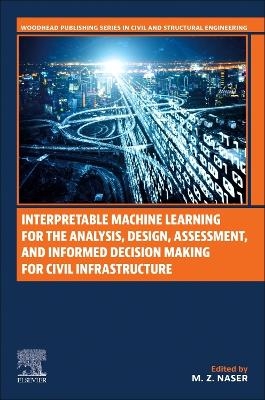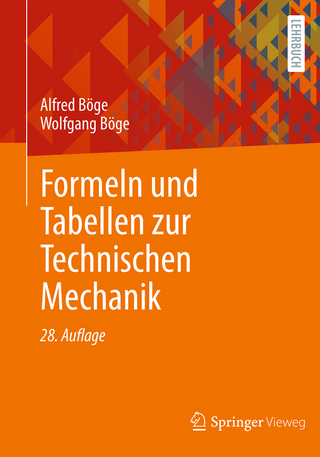
Interpretable Machine Learning for the Analysis, Design, Assessment, and Informed Decision Making for Civil Infrastructure
Woodhead Publishing (Verlag)
978-0-12-824073-1 (ISBN)
Dr. Naser is a tenure-track Assistant Professor at the School of Civil and Environmental Engineering and Earth Sciences and a member of the Artificial Intelligence Research Institute for Science and Engineering (AIRISE) at Clemson University. At the moment, his research group is creating Causal & eXplainable machine learning methodologies to discover new knowledge hidden within systems belonging to the domains of structural engineering and materials science to help realize functional, sustainable, and resilient infrastructure. He is currently serving as the chair of the ASCE Advances in Information Technology committee and on a number of international editorial boards, as well as codal building committees (in ASCE, ACI, PCI, and FiB). Dr. Naser has authored/co-authored over 150 journal publications.
1. Integrated schematic design method for shear wall structures: A practical application of generative adversarial networks 2. Leveraging machine learning techniques to support a holistic performance-based seismic design of civil structures 3. Deep learning-based damage inspection for concrete structures 4. Explainable computational intelligence method to evaluate the damage on concrete surfaces compared to traditional visual inspection techniques 5. Smart building fire safety design driven by artificial intelligence 6. The potential of deep learning in dynamic maintenance scheduling for thermal energy storage chiller plants 7. The use of IDA on GPR data to monitor road transport infrastructures 8. Ai for large-scale evacuation modelling: promises and challenges 9. On the application of machine learning classifiers in evaluating liquefaction potential of civil infrastructure 10. Explainable machine learning model for prediction of axial capacity of strengthened CFST columns 11. Harnessing data from benchmark testing for the development of spalling detection techniques using deep learning
| Erscheinungsdatum | 28.10.2023 |
|---|---|
| Reihe/Serie | Woodhead Publishing Series in Civil and Structural Engineering |
| Zusatzinfo | 160 illustrations (20 in full color); Illustrations |
| Sprache | englisch |
| Maße | 152 x 229 mm |
| Gewicht | 1000 g |
| Themenwelt | Technik ► Bauwesen |
| ISBN-10 | 0-12-824073-3 / 0128240733 |
| ISBN-13 | 978-0-12-824073-1 / 9780128240731 |
| Zustand | Neuware |
| Haben Sie eine Frage zum Produkt? |
aus dem Bereich


